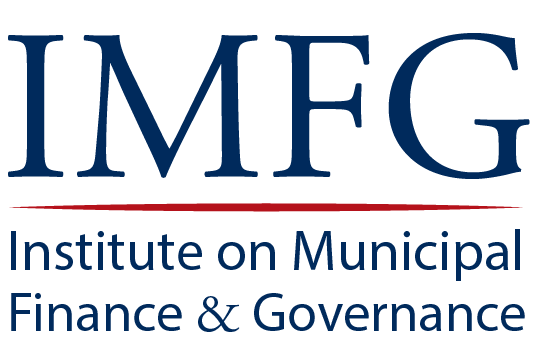Using Green Investment Banks to Finance Low-Carbon Pathways
Increased financing for low-carbon investments is critical to enable Canadian cities to reduce emissions. However, there is a gap between the financial capital available for low-carbon investments and the amount needed. Public financing is insufficient, and the availability of private financing is limited by the real or perceived risks associated with low-carbon projects, such as the viability of nascent technologies and the possibility of regulatory changes. These risks are compounded by the high levels of upfront capital required by some projects.
Green Investment Banks (GIBs) can bridge the financing gap to ensure adequate financial capital is available for low-carbon investments. By offering long-term financing instruments and innovative financing mechanisms, GIBs drive private capital to low-carbon projects. Moreover, GIBs at the municipal level could invest in low-carbon projects that respond to the specific needs of cities.
In a new paper for the Institute on Municipal Finance and Governance (IMFG), Richard M. Bird Post-Doctoral Fellow Robert Stewart presents GIBs as a tool that can address the low-carbon financing gap and support green economic activity. After reviewing four international examples of successful GIBs (Australia’s Clean Energy Finance Corporation, the UK Green Investment Bank, the Connecticut Green Bank, and the New York Green Bank), he argues that municipal GIBs could help Canadian cities lower their emissions. Taking inspiration from the GIB model, he proposes that institutions such as The Atmospheric Fund and other members of the Low-Carbon Cities Canada (LC3) Network build coalitions with financial institutions to identify the barriers that impede low-carbon investments and devise financial arrangements to overcome these barriers.
